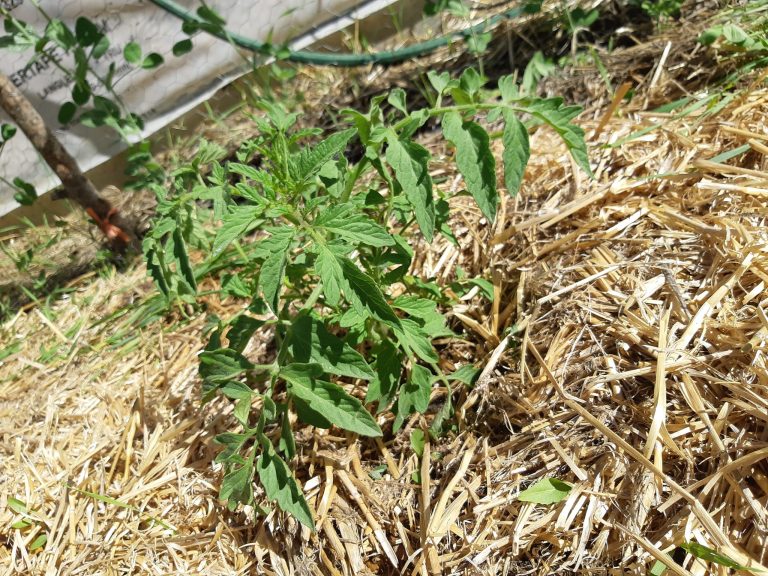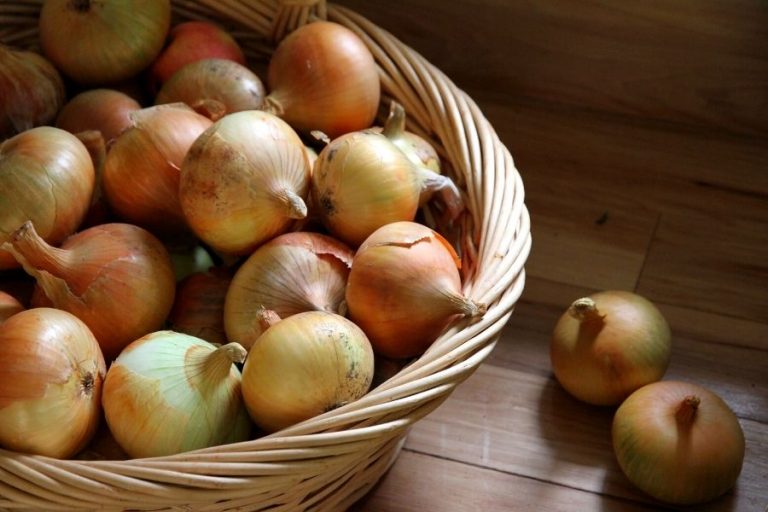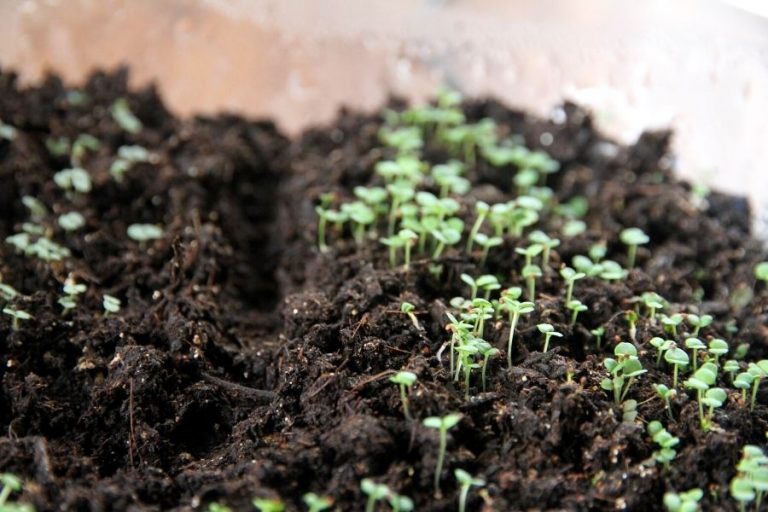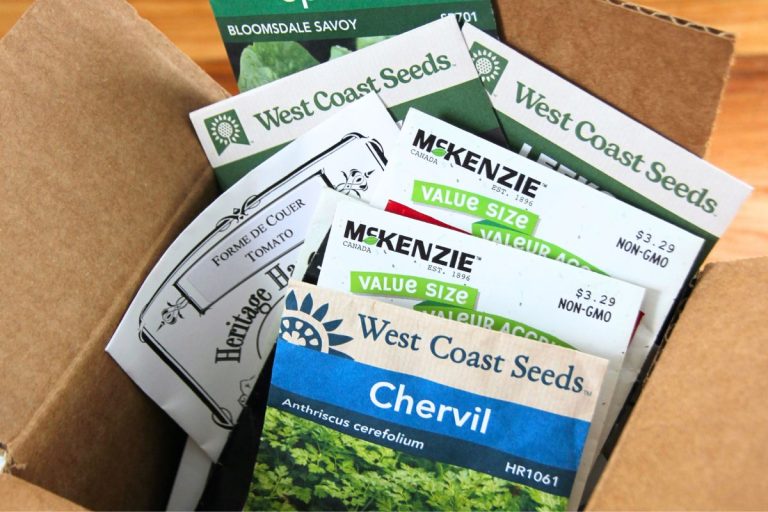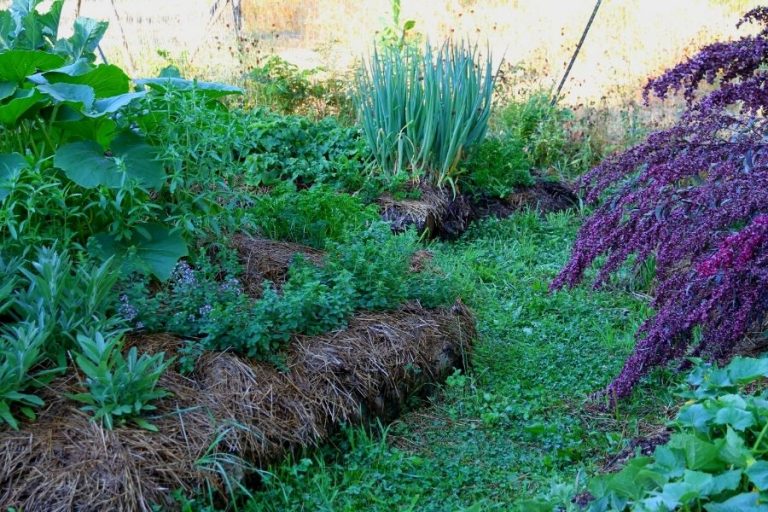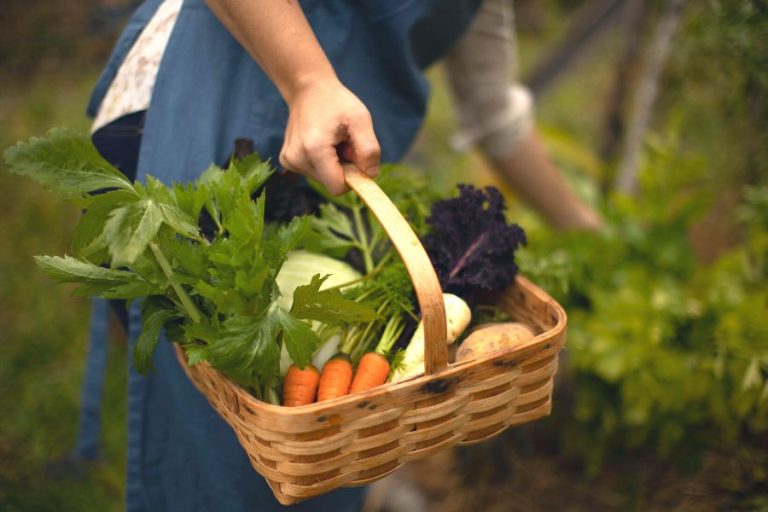How to Plant and Grow Beets in Your Garden
Learn how to sow beet seeds in the vegetable garden and grow beautiful beet roots for cooking, fermenting and canning in the kitchen.

Beets are one of those old fashioned vegetables that have fallen out of favor in many kitchens, much like parsnips or turnips.
Perhaps it's because of grandma's pickled beets (I know lots of people who don't like pickled beets), or just a general lack of knowledge on how to prepare this unique tasting, red root.
In my garden, beets will always have a place. And here's why!
- Beets are one of the easiest root vegetables to grow: seeds are easy to sow and thin out in the spring.
- Beets make a wonderful side dish at the dinner table when roasted, steamed or boiled.
- Beets ferment beautifully in homemade beet kvass and purple cabbage sauerkraut!
- Beets keep very well over winter if you have a cool place to store them; they outlast all other vegetables in our cold room!
Beet Varieties for the Home Gardener
There are different types of beets you can grow as a home gardener. Varieties include white beets, golden beets (yellows), red candy stripe and of course, the traditional red beet.
Beets come in two different shapes: round bulbous roots and also long cylindrical shape.
Here are some common varieties you should be able to find and try!
- Albino beet
- Bull's blood red
- Burpee's golden
- Chioggia (aka Candystripe)
- Cylindra (produces long cylindrical roots)
- Detroit dark red
- Lutz Green Leaf

Growing the Best Beets for Your Kitchen
Before you buy seed, it's a good idea to decide what you want from your beets, so you can choose a variety that fits your needs in the kitchen.
Here's the thing about beets: most varieties will grow to be the size of a golf ball in 50-60 day's time, which is considered prime harvesting size. But once they reach this size, varieties will differ.
Best Beets for a Summer Harvest
Some beets need to be harvested when they reach golf ball size, or they'll develop tough, fibrous strings and become inedible (golden beets, I'm thinking about you!).
These varieties are great if you want fresh beets for summer eating, fermenting, or want to put up a late summer batch of pickled beets.
But if you want fresh beets coming from the garden until late fall, you'll have to do succession planting in the garden.
Helpful tip: for an ongoing harvest of summer beets, you'll want to plant a new bed every 2-3 weeks, until you are about 50 days out from your first frost of fall.
Best Beets for Year-Round Harvest
If you want to plant beets once and harvest from summer to late fall, it's best to choose a storage beet or winter keeper variety. These beet roots can be harvested at any point and will remain tender, regardless of size.
Storage varieties are my favorite. I can start harvesting beets after 50-60 days, or as soon as they reach golf ball size. Because they don't go woody, I can continue to harvest larger roots until late fall.
When frost threatens, we pull the roots, remove the green tops and store beets in the cold room where they'll keep until late spring.

Beets for Tender Green Leaves
Beets and swiss chard are both in the goosefoot family. If you like swiss chard, you'll probably like beet greens as well!
Some beet leaves are tougher than others, so if you want a dual purpose beet (roots and green leaves), choose one specifically noted for tender and edible leaves.
I'm a huge fan of saving time and space with dual purpose vegetables, so every year I grow the Lutz Green Leaf Beet. It has delicious, edible green leaves with flat center stems that are very similar to swiss chard. This beet variety doesn't go tough if left in the ground until late fall, and the large roots keep well in winter storage.
In my garden, the Lutz Green Leaf is a winner for greens and roots!
Best Beets for Cooking, Fermenting and Preserving
I haven't met a beet that doesn't cook well, ferment or preserve up in the canner! Don't shy away from using whatever type of beet you have in your favorite recipes.
Best Time to Plant Beets
Beets are technically a cool weather crop.
Here in my northern climate, I sow seeds around the same time as my last average frost of spring.
But if you can keep the soil moist and have summers with cooler weather, beet seeds can be planted throughout the summer months, up until you are 50-60 days away from your first fall frost.
Where to Plant Beets in the Vegetable Garden
Beets like full sun, but they can be grown in partial shade, provided they have at least 6 hours of sunlight.
Tips on Preparing Garden Soil for Beets
Beets don't grow well in clay. They prefer well drained, loose soil.
Always work and loosen your beet bed with a garden fork, so the round roots meet with very little resistance and actually grow under the dirt, instead of sitting on top of the soil.
Helpful tip: if your soil is too packed, beets will sit on the surface like an onion. The top of the root will be dry, tough and may crack under the sun's heat. If you want tender beets, make sure the soil is loose and that the round root is covered.
How to Mulch Garden Beds Before Planting Beets
I really, really like growing beets in mulch! You can't mulch on top of seeds after planting, but you can mulch the entire garden bed, then part your mulch into rows and plant seed in those rows.
Beets like cool soil, and mulch definitely keeps the soil cool. Plus, the mulch locks in moisture and keeps the weeds down too.
This photo is an example of how we mulch our beet beds with about 2 inches of straw and divide it into rows with spacing required for our Lutz beets.

How to Plant Beet Seed
Beets might be one of the easiest root vegetables to plant, because the seeds are larger than carrot, parsnip or turnip seed!
Interesting tip: did you know that a "beet seed" is actually a seed cluster? Each lumpy 'seed' holds 2-4 seeds. That's why your beets can come up too thick, in spite of your best efforts!
Step 1
If using mulch, go ahead and cover the beet bed with 2 inches of loose straw. Prepare to plant by making a furrow about 1/2 inch deep. You can do this with a hoe, but I prefer to use my pointer finger.

Row spacing really depends on your variety of beets!
If you are growing summer beets that will be harvested when they reach golf ball size, space rows about 4 inches apart.
But if you are growing beets for winter storage and will let them grow to substantial size, space rows about 8 inches apart.
Step 2
Open your packet of seeds and plant a single seed every 3-4 inches. Beet seeds are easy to handle, so this part is easy.

Step 3
Cover your seeds with soil, making sure they are buried between 1/4 inch and 1/2 inch deep. Pat the soil into place and water.

Step 4
At this point, water is the most important thing! Keep the soil moist until beet seedlings appear. Make sure they stay well watered until beet leaves are several inches high.
How to Grow Beets
If you want beet roots to develop, you have to thin your seedlings! If not, you'll just get beautiful beet tops with small roots that don't amount to anything.
I'll be the first to admit that I dread thinning my root vegetables. Beets are much easier than carrots...I try to encourage myself with this fact!
Homegrown beets can be thinned 1x, or you can thin them several times as the roots grow and expand. If you are thinning summer roots, they should be spaced about 4 inches apart.
But if you're dealing with winter keepers, you'll want to thin roots to about 6-8 inches apart.
When to Harvest Beets
You can start pulling beets when they reach golf ball size. Summer types should be harvested before they get much bigger than this. But winter keeper or storage beets can be harvested at any size.
Want to learn how to overwinter beets in cold storage? I teach you how to overwinter root vegetables in a cold room here.
